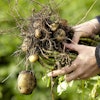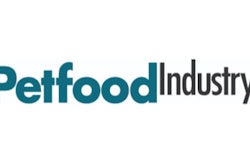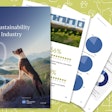
As much as pet food and treat makers deliberate on which ingredients go into formulations, they also focus on preventing unwanted toxins from making their way into dog, cat and other pet foods. Nevertheless, some of these chemicals are part of the food system for both people and pets, so some level of contamination is unavoidable. Others can be prevented through vigilance.
Arsenic, mercury, PCB, BPA, dioxin and aflatoxin were some of the ingredients and substances to avoid, in Petfood Industry’s Ingredient Issues column by Greg Aldrich, PhD, professor and pet food program coordinator at Kansas State University.
Aflatoxin concerns in pet food: What are the options?
Pet food aflatoxin contamination has been a recurring issue. It seems to be more prevalent in 2020–2021 than in past years, but the problem dates back decades. With climate change and shifting growth patterns for crops, it may become even more of an issue in the future.
How does mercury get into dog and cat foods?
Concern for mercury in pet food affects only certain cat and dog food products. Periodically, questions arise from pet owners regarding mercury in pet foods. They are curious why mercury is put in their pets’ diets or, more emphatically, why poisons are being added to their food. Nothing could be further from the truth.
Is there any practical concern about arsenic in dog and cat foods?
The measured presence of arsenic in pet foods does not equate to toxicity for this naturally occurring earth element.
Bisphenol A: incidental non-ingredient
In the production of pet foods—no different than human foods—there are a number of compounds that make their way into the food that aren’t a part of the formula/recipe or stated on the ingredient listing. This is nothing underhanded or disingenuous, merely a function of the process, package and regulations.
PCB and dioxin: side effects of our industrialized world
These contaminants periodically find their way into food and feed for humans and animals.

















